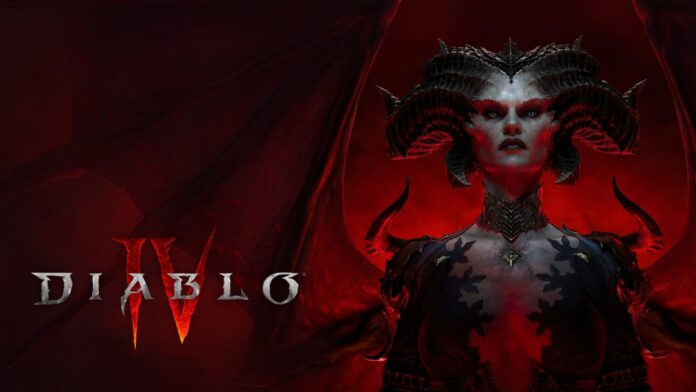Diablo is a series in which darkness has always been one of its hallmarks and Diablo 4 is no exception. Thanks to the creation of an immersive world, memorable characters, and a great narrative, the developers have always been able to create articulated and interesting stories that could involve the players. With this fourth installment, the development team wanted to think big and bring back one of the most iconic characters in the series, Lilith. Her presence allowed Blizzard to narratively explore the foundations of Sanctuary, continuing to increase Diablo’s lore. In this article, we will explore the lore surrounding Lilith starting from her origins.
Lilith’s background: a fallen icon
The first time Diablo fans got acquainted with Lilith was in Diablo 2, in which the character was introduced as the Queen of Succubi. She was introduced as an extremely powerful demon who, once rebelled against the Burning Hells, was banished from Sanctuary by its creator, Inarius. But why did Lilith decide to rebel, which led to her being banished from her kingdom? The Queen of Succubi has a rebellious soul and a strong desire for freedom, things that have made her reject the hierarchical world in which demons live.
Her return to Diablo 4 was not accompanied by great revelations in this regard, most likely to avoid revealing important details related to the game’s plot. The fact is that she certainly represents a top-level antagonist, since Lilith is a mix of rebellion, seduction, and power, and many fans of the franchise will surely be happy to meet her again in Diablo hell.
Lilith: mother of humanity
One of the most important aspects to consider when talking about Lilith is her connection to humanity. According to what can be seen in the Diablo lore, Lilith is considered the mother of the nephalems, a sort of hybrid between angels and demons. Given their hybrid nature, the nephalems are in possession of great power that is dangerous for both hell and heaven.
However, since there are no precise references, many have wondered what Lilith’s true role was in correlation with humanity. Is she some kind of protector or a manipulator? In Diablo 2 there are no further explanations in this regard, but there are certainly references in the new chapter, even if, at least for the moment, we will not go into this aspect in order not to risk spoilers on the history or lore of Diablo 4.
Sanctuary and its corruption
The return of Lilith in this new chapter of the series brings the world of Sanctuary into chaos once again. The story of Diablo 4, in fact, focuses precisely on the corruption and destruction implemented by Lilith herself, causing her actions to have a profound impact on the narrative and, above all, on the lives of the citizens who populate the streets of Sanctuary.
It goes without saying that the presence of a character as dark as Lilith means that the whole game takes on a darker turn and connotations than the others in the series. The developers themselves have in fact explained that the game has even darker tones than its predecessors and it is probably also for this reason that they wanted to focus on the return of Lilith. In fact, players will have to make their way through the streets of Sanctuary battling enemies and demons to discover the truth behind the resurrection of the Queen of the Succubi.

Towards redemption (or damnation)
While Diablo 4 has Lilith as the main antagonist, Diablo’s is also a journey of redemption and salvation. In fact, players will not only have to fight against her but also against her own inner demons that have been tormenting her for some time. The choices that each individual player will make during their adventure will serve to shape the path to redemption or damnation.
The presence of Lilith, in addition to being functional to the narrative of the game and undoubtedly inspired by the religious character, is also an allegory of an inner discovery of the players. As mentioned earlier, Lilith fights her inner demons against her and this is a metaphor for players to immerse themselves in herself and fight their inner demons. Since Lilith represents rebellion and temptation, she herself serves as a figure symbolizing the exploration of one’s morals.
Lilith’s powers and abilities
Lilith is in possession of a wide range of powers that she can use to kill anyone who tries to do the same to her. One of her hallmarks is certainly the ability to seduce and manipulate, as well as the ability to control and manipulate minds. These powers of her also make her important from the point of view of the narrative of the game. The fact that she is able to seduce and manipulate can create quite interesting scenarios between the various characters, as well as conflicts due to the manipulation of her lover.
Conclusion
Without a doubt, the return of Lilith is synonymous with power, seduction, and rebellion, all characteristics that can be seen throughout the Diablo 4 adventure. The entire journey can be seen as an allegory of choosing between good and evil and battling our own inner demons, as well as Lilith herself.
Diablo 4 has all it takes to redefine what are the standards not only of the series but also of the genre in general. The fact that Lilith was conceived as the main antagonist of the game allows all players to explore the power, rebellion, and redemption that this character embodies.

estnn.com







